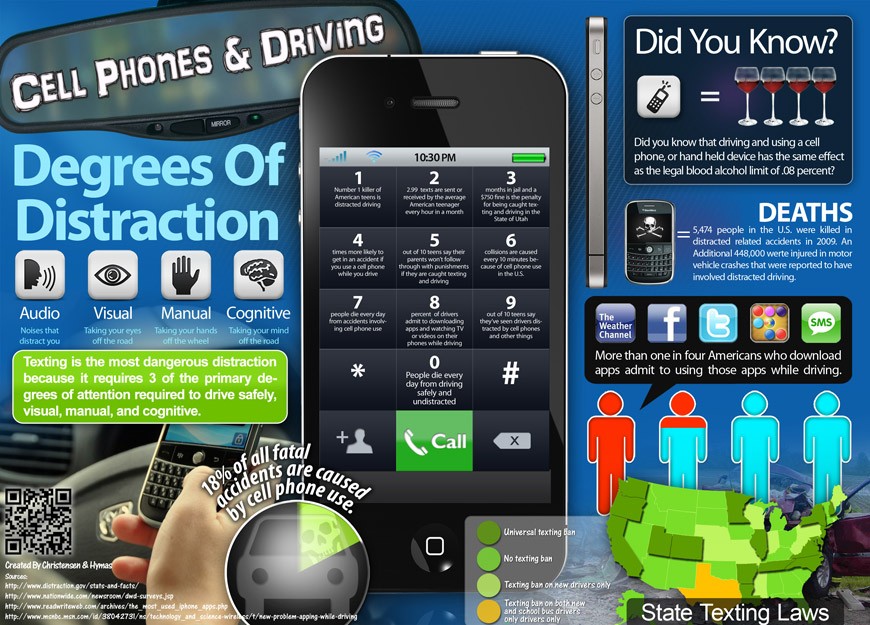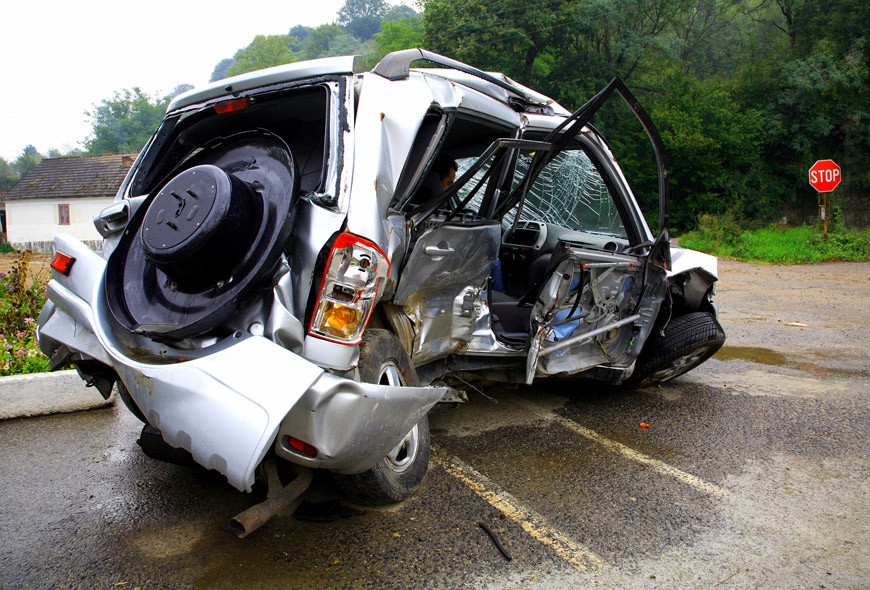You’re waiting aimlessly at a red light. The familiar buzz of your smartphone ignites and your hand automatically itches with curiosity. You’ve been told repeatedly about the dangers of texting while driving, but you lean over to grab your phone and sneak a peak at the text anyway. Before you know it, you’re hooked, and the only thing that snaps you back into reality is the harsh honking sounds attacking from the outside of your car. You jerk your head up and step on the gas once you see the light has turned green. You continue to drive, but realize that the itch is still there as your phone continues to glow with urgency.
Smartphones are addictive because they allow us to seek instant rewards (including videos, Twitter feeds, and news updates) anytime and anywhere. It has even begun disrupting work and family life. Disruptions can be as small as ignoring a friend over lunch to post a Facebook status or tuning out your colleagues during a work meeting to check an email. Smartphone satisfaction is immediate. Attention spans are shortening and therefore being bored easily can trigger any of these habits…even if it’s as simple as waiting for a green light.
The U.S. Department of Transportation’s National Highway Traffic Safety Administration’s agency, the Tombras Group, launched its $8.5 million ad campaign to urge drivers to stop texting while driving. The ad shows a dire scenario where three young friends are in the car laughing, when the female driver takes her eyes off the road to answer a text message. As the driver blows through a stop sign, a speeding truck strikes the side of the vehicle. At the end of the ad, a message flashes across the screen stating, “If You’re Texting, You’re Not Driving.” This grim ad may surely remind you of other ads shown around the world, warning us about the dire consequences of texting while driving.
Distracted Driving Statistics
The National Highway Traffic Safety Administration reported that in 2010 driver distraction caused 18 percent of all fatal crashes, with 3,092 people killed and many of these distracted driving incidents involve cell phones. The percentage of distracted driving accidents skyrocketed when more than 75 percent of drivers claim that they would likely answer phone calls while driving and rarely consider traffic situations when deciding to use a cellphone. Many drivers even admitted that they would answer a call or text while driving, but said they would feel unsafe as a passenger if their driver was texting.
According to the Harvard Center for Risk Analysis, texting while driving caused 330,000 injuries per year. This is largely because texting while driving makes you 23 times more likely to crash due to the fact that it causes a 400 percent increase in time spent with eyes off the road. Talking on a cell phone while driving can make a young driver’s reaction time as slow as that of a 70 year old.
With the rise of teen and young adult smartphone addicts, this group of drivers is specifically targeted when it comes to distracted driving accidents. According to a Pew survey, 40 percent of all American teens say they have been in a car when the driver used a cell phone in a way that put people in danger. In fact, 60 percent of American teens admit to risky driving, and nearly half of those admit to texting behind the wheel. And sadly, 21 percent of teen drivers involved in fatal accidents were distracted by cell phones.
Pedestrians also are putting themselves in danger if they become too plugged into their technology. Pedestrians who text while walking are four times less likely to look before crossing the street, or obeying traffic signals. These street texters have become too reliant on the idea that drivers will see them and stop, but the statistics prove otherwise.
It is clear that the simple presence of a cell phone can be a constant distraction while on the road. This evident problem leads us to ask ourselves, how can we stop that persistent itch to check our phones? How can we make sure that our full attention is focused on our surrounding environment when in the car?
How to Decrease Smartphone Use
According to a 2012 survey by the Pew Research Center, 46 percent of all American adults now own a smartphone. The abundance of smartphones is making it harder for people to detach from their devices. However, we’ve put together a tip list on how you can decrease your dependency.
Find a Substitute – Look for another outlet that will soothe your boredom, loneliness, anxiety, etc. You could listen to talk radio, turn on your favorite music station, or even plug in an audio book that will help keep your mind off of your phone.
Turn Off Alerts – This will remove the temptation to answer your phone. What you don’t hear, won’t potentially hurt you.
Put Your Phone in an Unreachable Spot – This will become a useful tip when you are driving. According to the 2012 National Survey on Distracted Driving Attitudes and Behaviors, 58% of drivers continue to drive while talking on their phone. You won’t be tempted to glance at your phone screen if it is out of sight.
Pace Your Separation with Your Smartphone – Avoiding checking it for 15 minutes, then 30, then 60.
Stop Using Web Browser – This will force you to wait until you get to a computer to do your online surfing. Looking at the web when you’re out and about can suck you into an online portal that removes you from reality.
Efforts to Prevent Texting While Driving
To stop this problem, the Federal Communications Commission is working to inform and educate the public about the dangers of distracted driving. They want to encourage others to lead by example, particularly parents, so that children and teens can understand the firm rules and restrictions on using the phone while driving.
Currently there is no federal ban on texting or using a wireless phone while driving, but a number of states have passed laws banning texting or requiring hands-free devices when on the road. These stricter regulations will most likely continue as 74 percent of drivers support bans on hand-held cell phone use.
Using techniques such as popular television ads or viral videos has become an important way to bring these kinds of messages to those who need to hear it most – Millennials. It helps our audience understand how even simply glancing at a text message could be the difference between life and death.
These current levels of injury and loss due to distracted driving are unacceptable. That is why it is important to be informed and active so that you can set rules for yourself and your household regarding distracted driving. For even more information, you can visit the FCC’s Distracted Driving Website.


